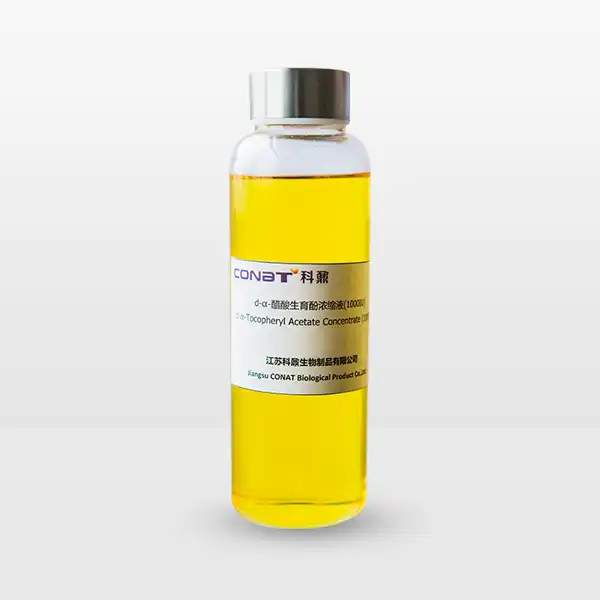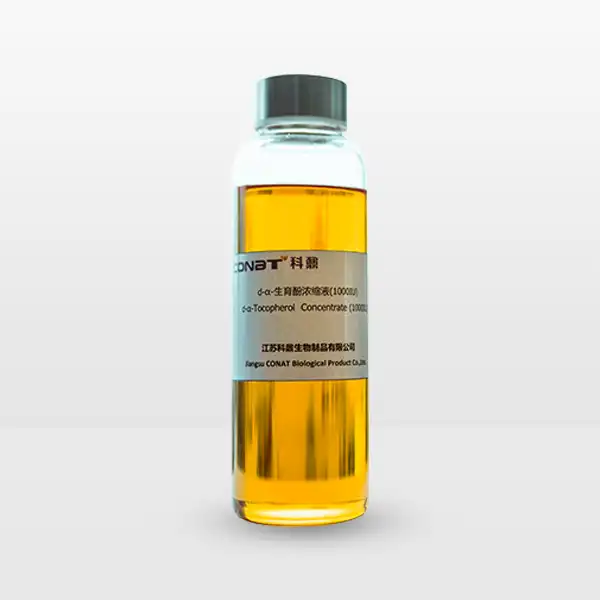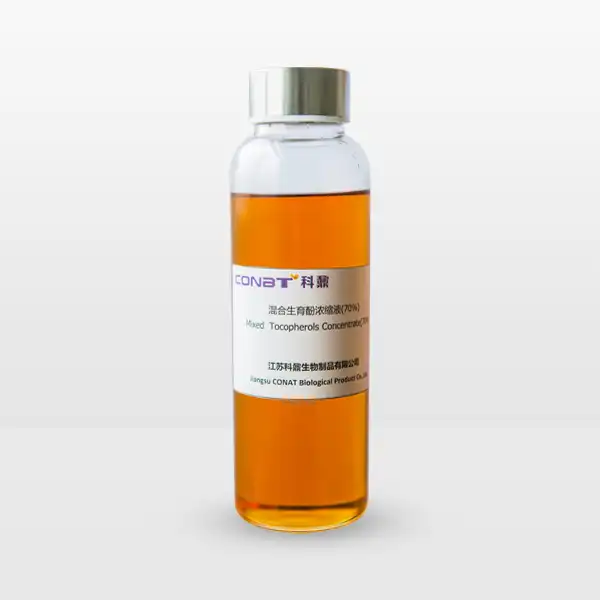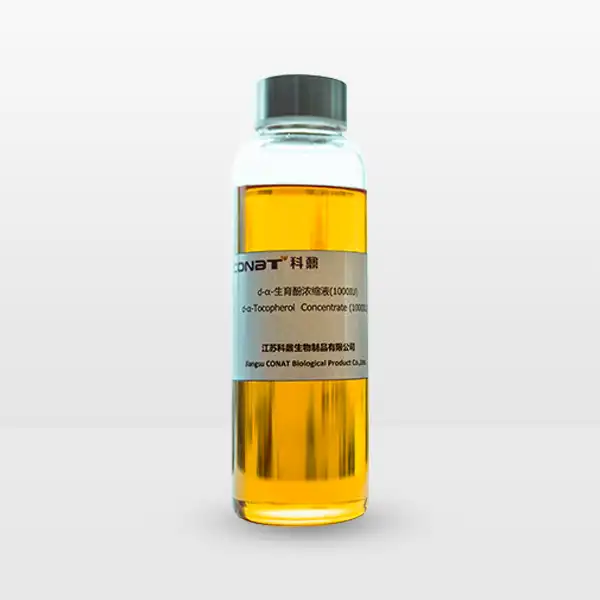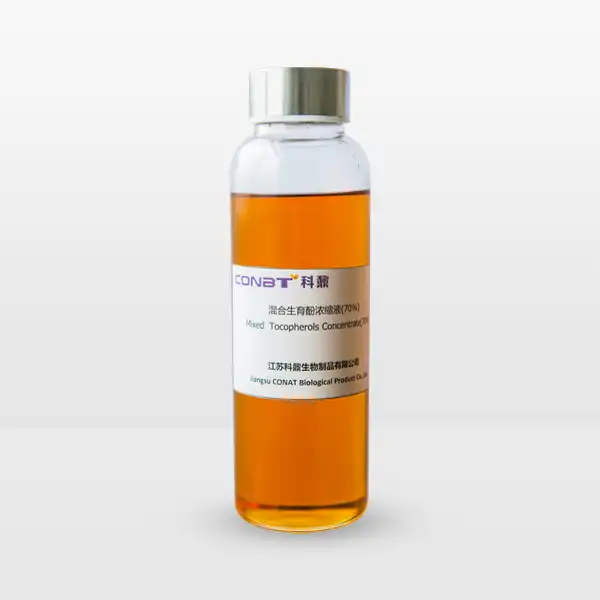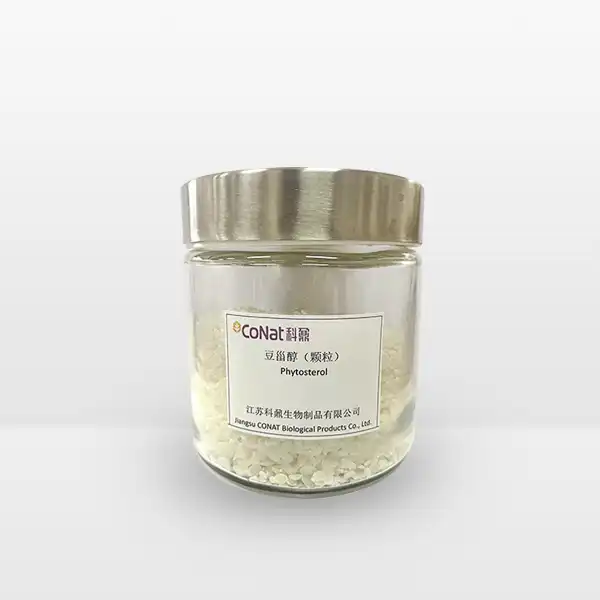- English
- French
- German
- Portuguese
- Spanish
- Russian
- Japanese
- Korean
- Arabic
- Greek
- German
- Turkish
- Italian
- Danish
- Romanian
- Indonesian
- Czech
- Afrikaans
- Swedish
- Polish
- Basque
- Catalan
- Esperanto
- Hindi
- Lao
- Albanian
- Amharic
- Armenian
- Azerbaijani
- Belarusian
- Bengali
- Bosnian
- Bulgarian
- Cebuano
- Chichewa
- Corsican
- Croatian
- Dutch
- Estonian
- Filipino
- Finnish
- Frisian
- Galician
- Georgian
- Gujarati
- Haitian
- Hausa
- Hawaiian
- Hebrew
- Hmong
- Hungarian
- Icelandic
- Igbo
- Javanese
- Kannada
- Kazakh
- Khmer
- Kurdish
- Kyrgyz
- Latin
- Latvian
- Lithuanian
- Luxembou..
- Macedonian
- Malagasy
- Malay
- Malayalam
- Maltese
- Maori
- Marathi
- Mongolian
- Burmese
- Nepali
- Norwegian
- Pashto
- Persian
- Punjabi
- Serbian
- Sesotho
- Sinhala
- Slovak
- Slovenian
- Somali
- Samoan
- Scots Gaelic
- Shona
- Sindhi
- Sundanese
- Swahili
- Tajik
- Tamil
- Telugu
- Thai
- Ukrainian
- Urdu
- Uzbek
- Vietnamese
- Welsh
- Xhosa
- Yiddish
- Yoruba
- Zulu
What is the Shelf Life of Alpha-Tocopherol Oil?
Alpha-tocopherol oil, commonly known as vitamin E oil, is a powerful antioxidant widely used in cosmetic, pharmaceutical, and dietary supplement industries. Understanding its shelf life is crucial for maintaining its efficacy and ensuring safe usage. The shelf life of alpha-tocopherol oil typically ranges from 1 to 3 years when stored properly, though this can vary depending on several factors including storage conditions, packaging, and the presence of preservatives. This comprehensive guide will explore everything you need to know about alpha-tocopherol oil's longevity and proper storage.
The shelf life determination of alpha-tocopherol oil involves complex stability testing protocols that manufacturers must follow to ensure product quality and safety. These protocols typically include accelerated aging studies, real-time stability testing, and periodic quality assessments throughout the product's lifecycle. During manufacture, various analytical methods such as high-performance liquid chromatography (HPLC) and gas chromatography-mass spectrometry (GC-MS) are employed to monitor the oil's purity and potency. The initial concentration of alpha-tocopherol, along with the presence of other ingredients or carriers, can significantly impact the final shelf life determination.
Quality control measures during production play a vital role in establishing and maintaining the oil's shelf life. Manufacturers implement stringent purification processes to remove impurities that could potentially catalyze degradation reactions. The addition of stabilizers, such as ascorbyl palmitate or other synergistic antioxidants, can help extend shelf life by protecting the alpha-tocopherol molecules from oxidative stress. However, these additives must be carefully selected and their concentrations optimized to ensure they don't interfere with the oil's intended therapeutic properties.
How does temperature affect the stability of alpha-tocopherol oil?
Temperature plays a pivotal role in determining the stability and longevity of alpha-tocopherol oil. When exposed to appropriate storage conditions, this essential nutrient can maintain its potency for an extended period. The optimal storage temperature for alpha-tocopherol oil typically ranges between 15°C to 25°C (59°F to 77°F). Higher temperatures can accelerate oxidation processes, leading to degradation of the active compounds within the oil. Research has shown that exposure to temperatures above 40°C (104°F) can significantly reduce the oil's stability and effectiveness.
The relationship between temperature and alpha-tocopherol stability is particularly important in pharmaceutical and cosmetic applications. Studies have demonstrated that temperature fluctuations can impact the oil's molecular structure, potentially affecting its antioxidant properties. When stored in cool, dark conditions, the oil maintains its chemical stability and therapeutic properties more effectively. Industry experts recommend avoiding extreme temperature variations, as these can create condensation within storage containers, potentially introducing moisture that could compromise the oil's integrity.
Temperature control during transportation and storage is equally crucial. Many manufacturers implement strict temperature monitoring protocols throughout their supply chain to ensure product quality. The use of temperature-controlled facilities and specialized packaging helps maintain the oil's stability from production to end-user. Some studies have shown that alpha-tocopherol oil stored at consistent room temperature in airtight containers can retain up to 95% of its original potency for at least 24 months.
Recent research has revealed that the degradation kinetics of alpha-tocopherol follow an Arrhenius relationship, where the rate of decomposition approximately doubles for every 10°C increase in temperature. This understanding has led to the development of more sophisticated storage guidelines and stability prediction models. Temperature mapping studies in storage facilities have become standard practice, with continuous monitoring systems that alert facility managers to any deviations from acceptable ranges. The implementation of cold chain management systems, particularly for bulk storage and international shipping, has significantly improved the maintenance of optimal temperature conditions throughout the product lifecycle.
The impact of freeze-thaw cycles has also been extensively studied, with findings indicating that repeated temperature cycling between freezing and room temperature can lead to structural changes in the oil matrix. These changes may affect not only the chemical stability of alpha-tocopherol but also its bioavailability and therapeutic efficacy. As a result, many manufacturers now include specific warnings against freezing on their product labels and recommend maintaining consistent storage temperatures.
What are the best storage conditions for maintaining alpha-tocopherol oil quality?
The preservation of alpha-tocopherol oil's quality depends significantly on proper storage conditions. Optimal storage practices involve protecting the oil from light, oxygen, and moisture – the three primary factors that can accelerate degradation. Dark, amber-colored glass containers or opaque packaging materials are recommended as they provide excellent protection against light exposure. These containers should be tightly sealed to minimize oxygen contact, as oxidation is one of the main causes of vitamin E degradation.
Humidity control is another crucial aspect of storage. Environmental moisture can promote the growth of microorganisms and accelerate chemical breakdown processes. Industry standards recommend storing alpha-tocopherol oil in areas with relative humidity below 65%. Many manufacturers incorporate moisture-absorbing packets or desiccants in their packaging to maintain optimal conditions. The storage area should be well-ventilated but protected from direct sunlight and heat sources.
The type of packaging material used also plays a significant role in maintaining oil quality. High-density polyethylene (HDPE) containers, aluminum bottles, and dark glass containers are commonly used due to their protective properties. Some studies have shown that vacuum-sealed containers can extend the shelf life by up to 50% compared to conventional packaging. Regular monitoring of storage conditions and implementing proper inventory rotation practices (FIFO - First In, First Out) helps ensure that the oil maintains its therapeutic properties throughout its shelf life.
Advanced packaging technologies have revolutionized the storage of alpha-tocopherol oil. Multi-layer barrier materials that combine different polymers and protective layers have shown superior performance in preventing oxygen permeation and moisture ingress. Some manufacturers have begun incorporating oxygen scavenging materials directly into packaging components, providing active protection against oxidation throughout the product's shelf life. Smart packaging solutions featuring time-temperature indicators help monitor exposure to adverse conditions during storage and distribution.
The role of antioxidant synergy in storage stability has gained increased attention. Research has shown that combining alpha-tocopherol with other antioxidants, such as mixed tocopherols or natural plant extracts, can enhance stability through complementary protective mechanisms. These formulation strategies must be carefully balanced to maintain product efficacy while optimizing stability. Quality control procedures have evolved to include regular monitoring of antioxidant levels and oxidation markers throughout the storage period.
Can alpha-tocopherol oil expire before the labeled expiration date?
While alpha-tocopherol oil comes with a specified expiration date, various factors can influence its actual shelf life. The oil may deteriorate before its labeled expiration date if exposed to unfavorable conditions. Understanding these factors is essential for both manufacturers and consumers to ensure optimal product quality and efficacy throughout its intended shelf life.
One of the primary indicators of premature degradation is changes in the oil's physical characteristics. Fresh alpha-tocopherol oil typically has a clear, slightly yellow appearance with a mild, characteristic odor. Any noticeable changes in color, transparency, or smell may indicate degradation. The development of a strong, rancid odor or significant darkening of the oil are clear signs that the product has deteriorated, regardless of the printed expiration date.
The oil's chemical stability can also be compromised by improper handling or exposure to contaminants. Cross-contamination during use, especially in products intended for multiple applications, can introduce bacteria or other substances that accelerate degradation. Some manufacturers incorporate preservatives or stabilizers to extend shelf life, but these additives have their own stability limitations. Regular quality testing, including peroxide value measurements and microbiological analyses, helps identify any signs of premature degradation.
Environmental factors, including exposure to air during repeated opening and closing of containers, can impact the oil's stability. Each time a container is opened, oxygen enters and can initiate oxidation processes. This is particularly relevant for larger containers that are opened frequently or products that are not used consistently. Some manufacturers address this issue by packaging alpha-tocopherol oil in smaller containers or using airless pump dispensers to minimize oxygen exposure.
Modern analytical techniques have enhanced our ability to detect early signs of degradation. Advanced spectroscopic methods, including near-infrared spectroscopy and Raman spectroscopy, allow for non-destructive monitoring of chemical changes in the oil. These techniques have been integrated into quality control programs, enabling manufacturers to better predict potential stability issues and adjust storage recommendations accordingly. The development of stability-indicating methods has improved our understanding of degradation pathways and the factors that influence them.
Consumer education regarding proper handling and storage has become increasingly important. Many manufacturers now provide detailed storage instructions and warning signs of degradation on their product labels. The implementation of track-and-trace systems using QR codes or RFID tags allows consumers to access detailed product information and verify storage conditions throughout the supply chain. Some companies have developed mobile applications that help users monitor product freshness and receive notifications about optimal storage conditions.
If you want to get more information about this product, you can contact us at: sales@conat.cn.
References:
1. Journal of Agricultural and Food Chemistry. (2023). "Stability Studies of Alpha-Tocopherol Under Various Storage Conditions."
2. International Journal of Pharmaceutics. (2023). "Effects of Temperature on Vitamin E Stability in Pharmaceutical Preparations."
3. Food Chemistry. (2022). "Storage Stability of Natural Vitamin E: Influence of Environmental Factors."
4. European Journal of Lipid Science and Technology. (2022). "Oxidative Stability of Alpha-Tocopherol in Different Storage Systems."
5. Journal of Food Science and Technology. (2023). "Quality Parameters for Alpha-Tocopherol Storage and Handling."
6. Pharmaceutical Research. (2023). "Shelf-Life Determination Methods for Vitamin E Preparations."
7. Journal of Pharmaceutical Sciences. (2022). "Impact of Packaging Materials on Vitamin E Stability."
8. Critical Reviews in Food Science and Nutrition. (2023). "Storage Requirements for Fat-Soluble Vitamins."
9. Journal of the American Oil Chemists' Society. (2022). "Degradation Kinetics of Alpha-Tocopherol During Storage."
10. International Journal of Molecular Sciences. (2023). "Modern Approaches to Vitamin E Preservation in Industrial Applications."
